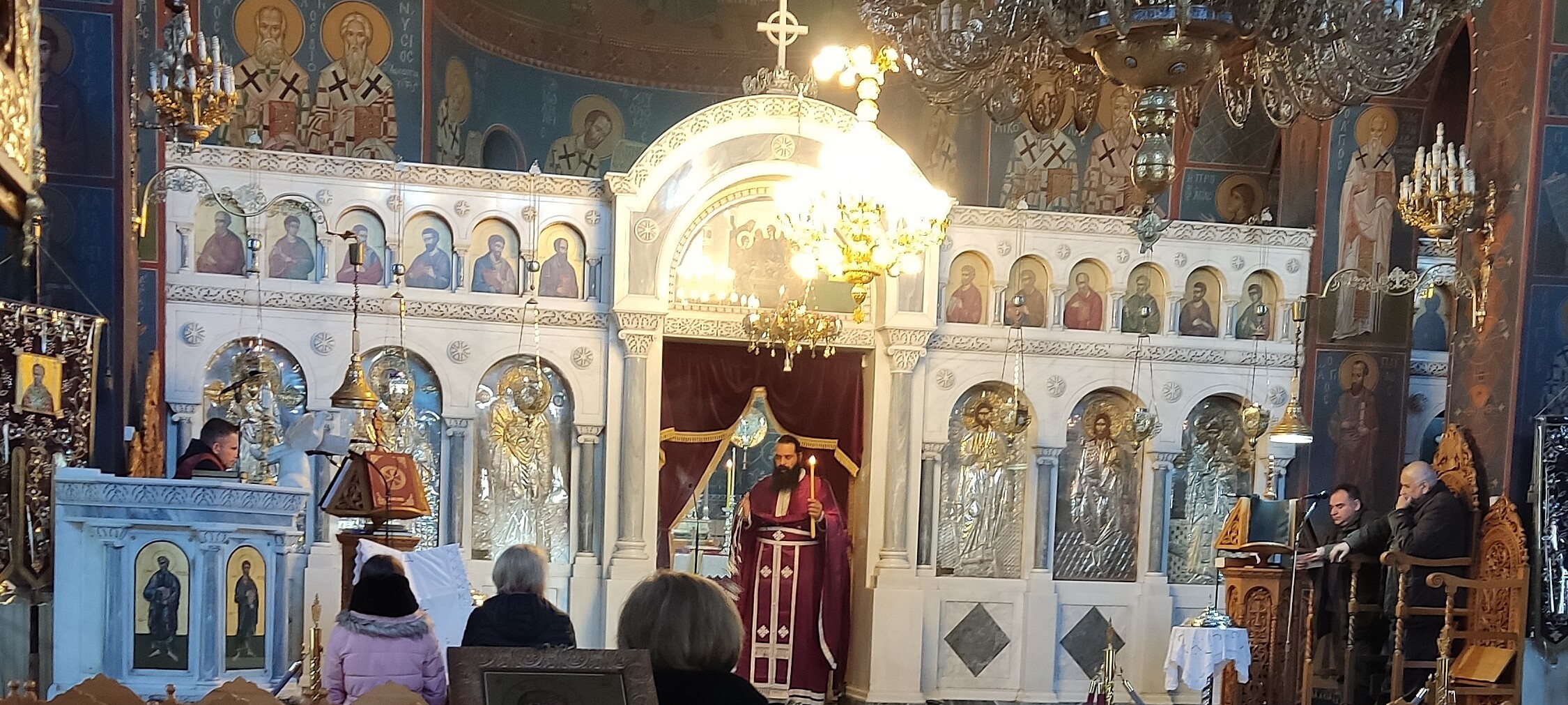Eastern Rite Catholic Churches
Elizabeth Harrington

There is a general lack of awareness by Western Catholics that there are other branches of the Catholic Church apart from the Latin or Roman Rite. This is a pity, because it is the existence of these various traditions that makes the Church truly ‘catholic’ and enriches it with diversity.
There are four original Eastern traditions: Antiochene, Alexandrian, Byzantine and Armenian. Each of these traditions includes Orthodox Churches that are not in communion with Rome and Catholic groups that are. The latter are known as Eastern Catholic Churches. Whilst acknowledging the leadership of the Bishop of Rome, these Churches maintain their liturgical languages, rites and governance structures.
The three largest Eastern Catholic Churches in Australia are the Maronite, Melkite and Ukrainian. Each of these has been established as either a diocese or an ‘eparchy’, with a bishop or eparch who is a member of the Australian Catholic Bishops Conference. Increasing numbers of people are coming to Australia from the southern Indian State of Kerala. Most belong to the Syro- Malabar Church which is of the Antiochene tradition and claims apostolic foundation from Thomas the Apostle. They established an eparchy in Australia in 2014.
Because Eastern Catholic Churches are in communion with Rome, their priests and bishops may concelebrate the Eucharist with Latin rite priests and Catholics may receive communion at Eucharist in an Eastern Catholic Church. But this does not mean that there is no difference between the two. Eastern Catholic Churches have different emphases in theology; for example, greater importance is given to the Holy Spirit than in the West. They follow a different Canon Law, as demonstrated by the fact that unlike the Latin Church married men can be ordained to the priesthood (though once a man is ordained, he is not then allowed to marry).
Eastern Catholic Churches have different liturgical traditions and practices. One of the most obvious examples is in the area of initiation. Unlike the Western Church, the Eastern Church has maintained the unity of the sacraments of initiation; consequently baptism, confirmation (or ‘chrismation’) and first communion are celebrated together for both adults and infants.
It is of great concern to Eastern Catholic Church parish priests that they often receive Confirmation notifications for children whom they confirmed/chrismated as infants. The baptism certificate that children must present before being enrolled for Confirmation states this clearly in English as well as in the liturgical language used by the particular Church, and they must not be confirmed again in the Roman Catholic Church.
Apart from the area of initiation, other differences in practice from the West include the prominence given to chant, incense, candles and processions in liturgy, stricter rules for fasting and abstinence, the observance of a different (Julian) calendar by some Eastern Churches, and the role of icons in worship and spirituality.
In his 1995 Apostolic Letter Orientale Lumen, Saint John Paul II declared: Since we believe that the venerable and ancient tradition of the Eastern Churches is an integral part of the heritage of Christ’s Church, the first need for Catholics is to be familiar with that tradition, so as to be nourished by it (OL 1).
This article was originally published in Liturgy News Vol 45(4) December 2015. Reprinted with permission.
Image Attribution - Church of Agios Georgios, Aleksasfi
